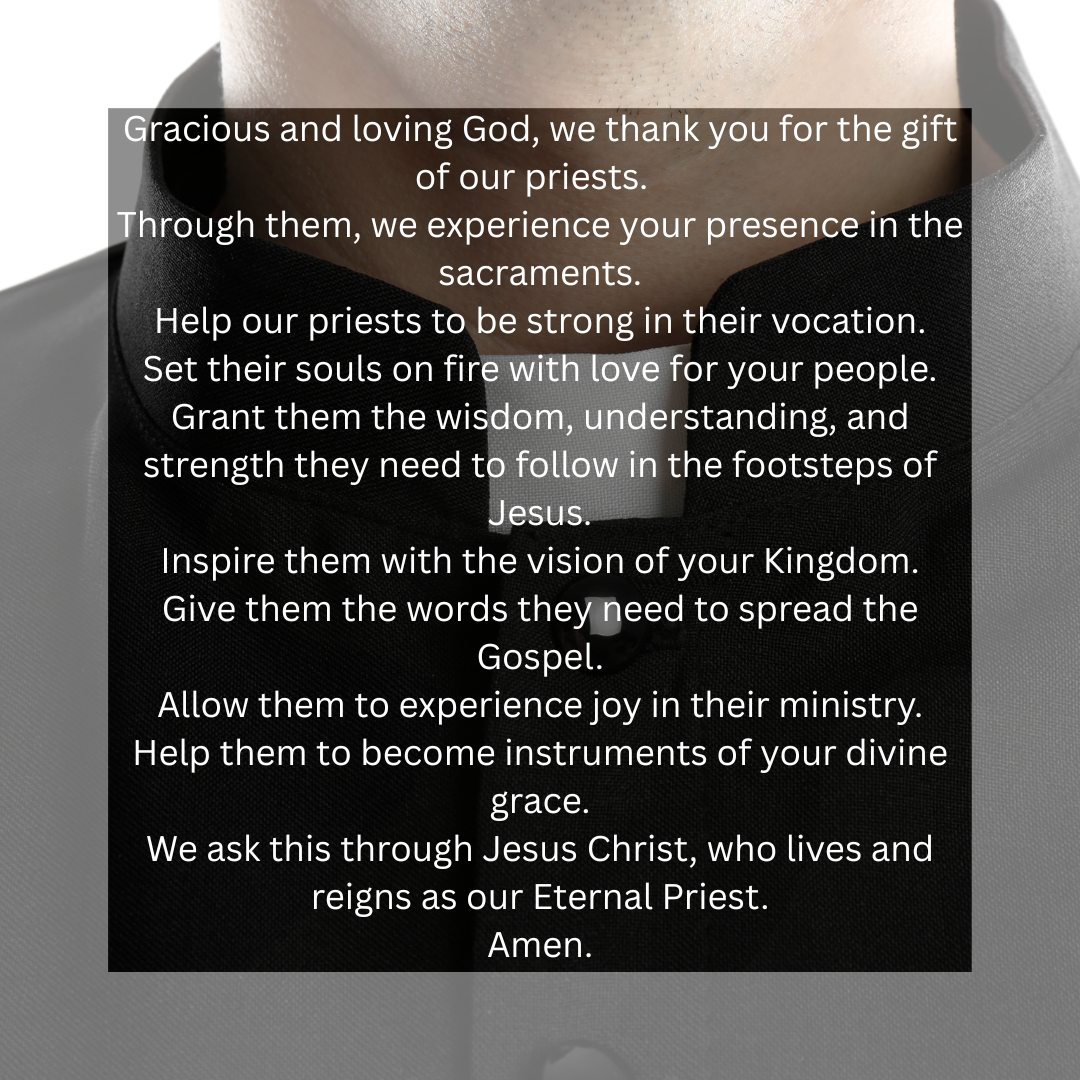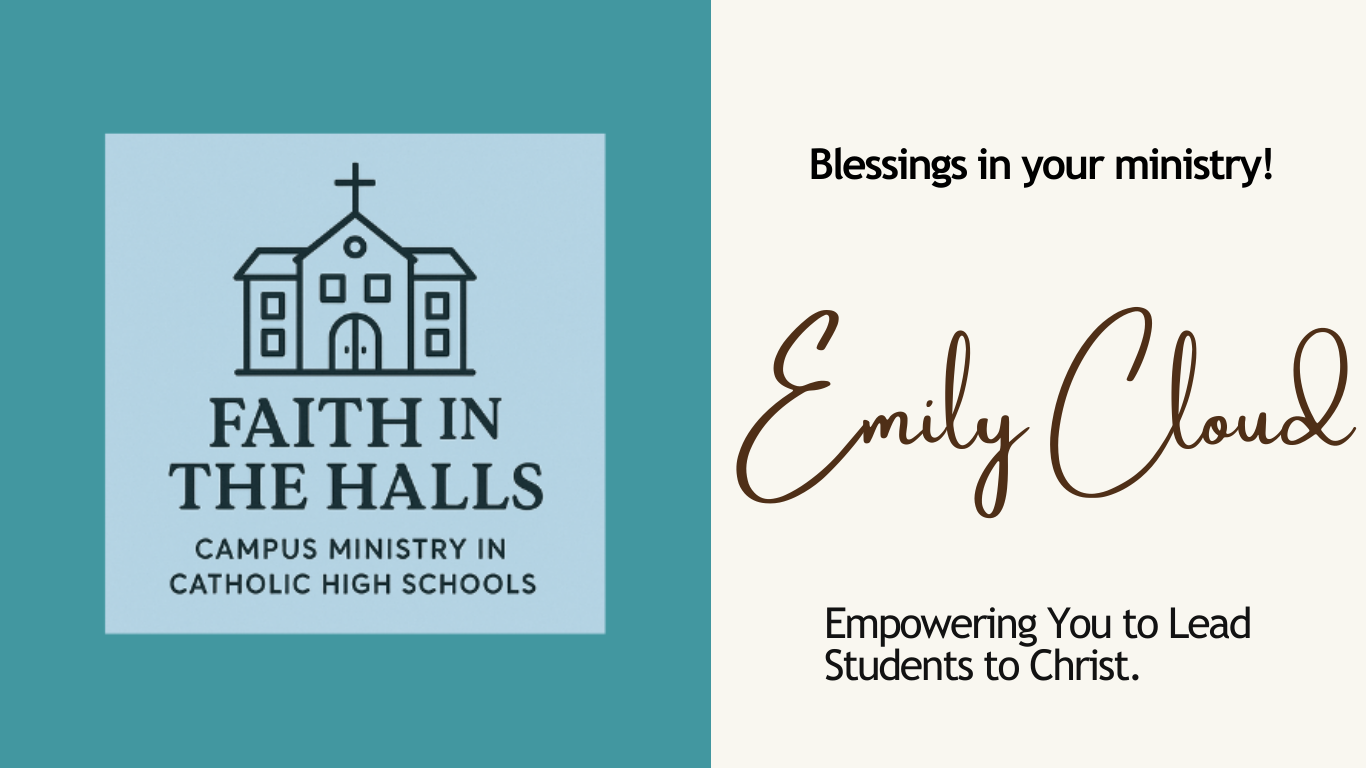“All the people said Amen!”
The Eucharist is the “source and summit” of the Christian life (CCC 1324).
The Liturgy Is at the Heart of a Catholic School’s Mission
Matt Maher’s song “All the people said Amen” was the closing hymn at our school wide Mass this week. In the class period that followed, a student joyfully sang the refrain as she entered. This moment caused me to pause and reflect - this is exactly why we stop our school day to celebrate Mass. Celebrating Mass and receiving the Body of Christ is like a breath of fresh air for our community. It’s not a school event or an obligation, but the heartbeat of our Catholic identity. Making the liturgy a true priority in the rhythm of our school life sets the tone for everything else we do in a Catholic school. As Campus Ministers and Catholic school leaders, we are called not only to help students attend the liturgy, but to teach them how to live from it.
It Starts with Accompaniment
The Catechism of the Catholic Church defines the liturgy as the “participation of the People of God in the work of God” (CCC 1069). Through the liturgy, we enter into the mystery and prayer of Christ Himself — it’s intimately connected to everything we teach about the faith. When catechesis is done well, students don’t just learn about the liturgy; they begin to long for it and to participate more fully in the mystery of Christ’s Passion (CT 23–24).
James Pauley, in Liturgical Catechesis in the 21st Century, describes a “teach, show, try, do” model of catechesis. I’ve found this model particularly effective in a school setting when forming students in the sacramental life. We are called to more than instruction — we are called to accompaniment: to walk alongside the students entrusted to us and help them grow in faith.
Here is how this model can be used in liturgical formation on campus:
Teach: Explain what happens in the Mass — this should be woven naturally into every Theology curriculum.
Show: Let students see adults and well-formed peer leaders serve and participate prayerfully at Mass.
Try: Invite students to lector, sing in the choir, or serve at the altar, offering patient guidance along the way.
Do: Encourage students to take ownership — selecting liturgical songs, setting up the altar, or writing the Prayers of the Faithful — always guided by the rhythm of the liturgical season.
While school liturgies do not replace Sunday Mass, they can serve as a powerful apprenticeship — a lived experience that helps students participate more confidently and meaningfully in their parish communities. This leads to competence and true transformation.
Knowing the Student’s Heart
Effective catechesis happens with respect to the person’s interior disposition (Pauley, pp. 78-79). This means we must listen and respond to where students truly are in their faith journey and engage in meaningful conversations centered in the liturgy.
A simple but powerful way to do this is by preparing their hearts before Mass. For example, I read the Gospel for our weekly school Mass as “bell work” before class and lead students through a brief lectio divina. On Fridays, we revisit the upcoming Sunday readings to prepare for the weekend liturgy. Students often share how much these reflections help them understand the readings and the homily more deeply. Small practices like these help them experience the Word as something alive and personal — not distant or abstract.
Praying with the readings before Mass invites students into deeper understanding.
Living the Mystery Together
Everything that is taught in the Catholic school should flow from what is celebrated in the Mass. The Spirit is at work in the liturgy — uniting us, teaching us, and sending us forth. When evangelization springs from this shared worship, it leads to deeper communion with one another and with God. Remember, as Isaiah taught, it is God at work, not us.
“For My thoughts are not your thoughts, Nor are your ways My ways,” declares the Lord. For as the heavens are higher than the earth, So are My ways higher than your ways and My thoughts than your thoughts. For as the rain and the snow come down from heaven, And do not return there without watering the earth and making it bear and sprout, and furnishing seed to the sower and bread to the eater; so will My word be which goes forth from My mouth; It will not return to Me empty, without accomplishing what I desire, and without succeeding in the matter for which I sent it” (Isaiah 55: 8-11).
A Final Note
Scheduling priests for school Masses can sometimes be a challenge. Our school is blessed to draw from 18 parishes, and even then, coordination takes effort and grace. We are deeply grateful for the priests who dedicate their lives to the Church so that we may celebrate the sacraments together. Let us close with a prayer for our priests.
“Prayer for Priests” from the USCCB website.
Bibliography
Catechism of the Catholic Church. 2nd ed., Libreria Editrice Vaticana, 1997.
Paul VI. Catechesi Tradendae [On Catechesis in Our Time]. Apostolic Exhortation, 16 Oct. 1979.
Pauley, James C. Liturgical Catechesis in the 21st Century: A School of Discipleship. Liturgy Training Publications, 2017.
Maher, Matt. “All the People Said Amen.” All the People Said Amen, Essential Records, 2013.




